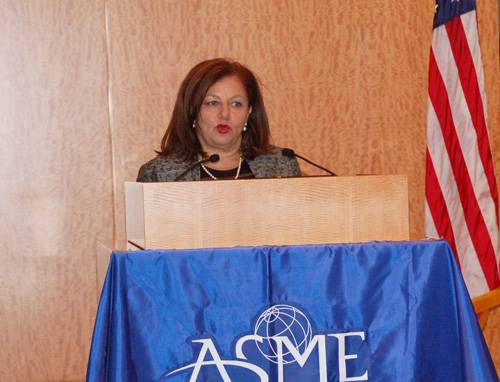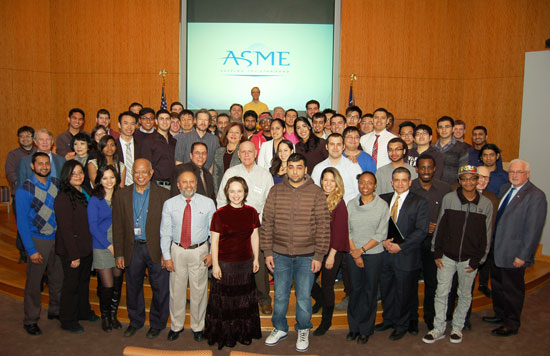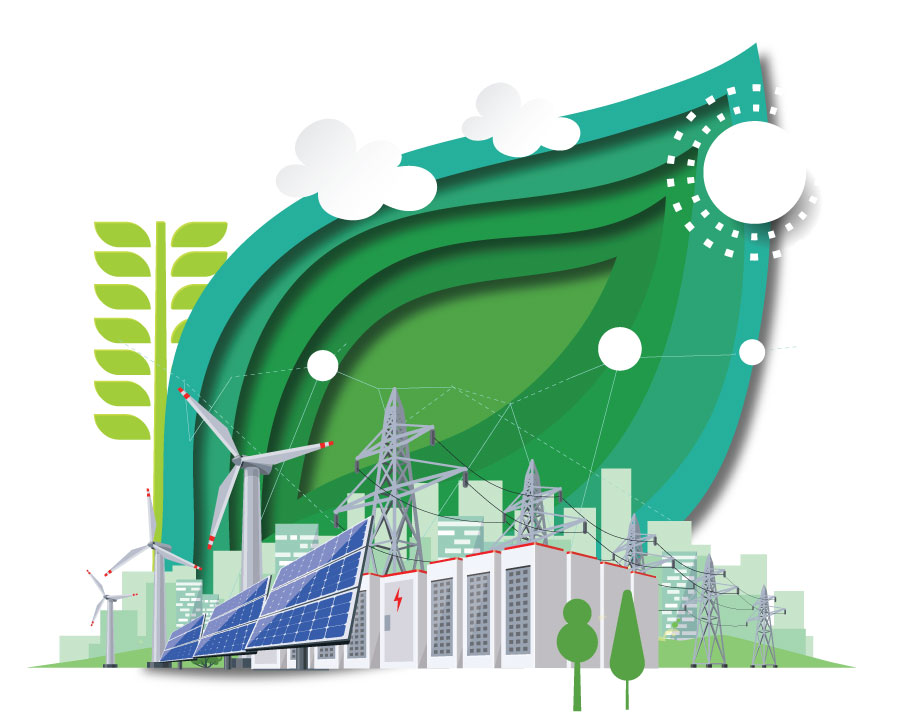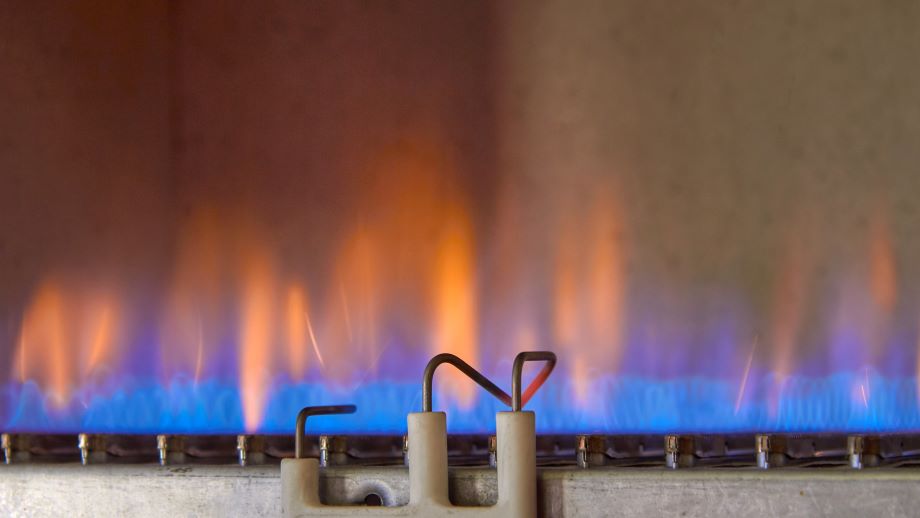President Kotb Discusses ‘Megacities’ & Global Initiatives at the ASME Metropolitan Section Meeting
President Kotb Discusses ‘Megacities’ & Global Initiatives at the ASME Metropolitan Section Meeting

ASME President Madiha El Mehelmy Kotb was the guest of honor for the ASME Metropolitan Section’s President’s Night Meeting, which was held March 20 at the National Grid building in Brooklyn, N.Y. More than 70 ASME members, the majority of whom were student members from nearby universities, attended the meeting to hear Kotb speak on several topics including the continuing growth in the population of cities throughout the world and choosing geographic diversity as one of her personal goals for her term as ASME president, which began last June.
Because the expected growth of cities and so-called “megacities” such as New York, Kotb said that the 21st century has been dubbed the “Century of Cities,” as more than half the world’s population currently live in cities and that 60 percent are expected to live in metropolitan areas by 2030.
“As new cities emerge and existing cities reach high density, integration into smart grids, merging all systems for transportation, energy, water, sewage, etc., is essential,” she said. “That’s how we live and that’s how engineers design. Preparing for the integration of future technologies is a great challenge for existing cities.”

On the subject of geographic diversity, President Kotb said that as an engineer who was born and raised in Egypt, currently lives in Canada, and is considered to be ASME’s first president from outside the United States, encouraging diversity within ASME’s membership was a natural choice to be one of her personal objectives as leader of ASME.
“Building geographic diversity is achievable through opening global access to ASME activities and also by building better interaction among Sectors,” Kotb said, pointing to ASME’s work providing global access to its standards-setting process as an example of an activity that encourages greater international participation. ASME is also engaged in such global initiatives as forming international working groups and partnerships with organizations such as the World Federation of Engineering of Organizations and the United Nations Educational, Scientific and Cultural Organization; signing Memorandums of Understanding with international governmental and nongovernmental organizations; and providing translations of ASME standards and courses in languages including Spanish, Chinese, French, Japanese, Korean and Portuguese.
Other important Society efforts to encourage global participation include the multi-society Engineering for Change (E4C) partnership for solving global development problems, and ASME.org, which enables engineers around the world to make new connections, share information, collaborate in ASME Groups, and remain informed and up-to-date with advances within the profession, Kotb said.
In addition to officers and members of the ASME Metropolitan Senior Section, the special meeting was also attended by nearly 60 student members from three local universities: the City College of New York, New York University Polytechnic School of Engineering, and New York City College of Technology.




